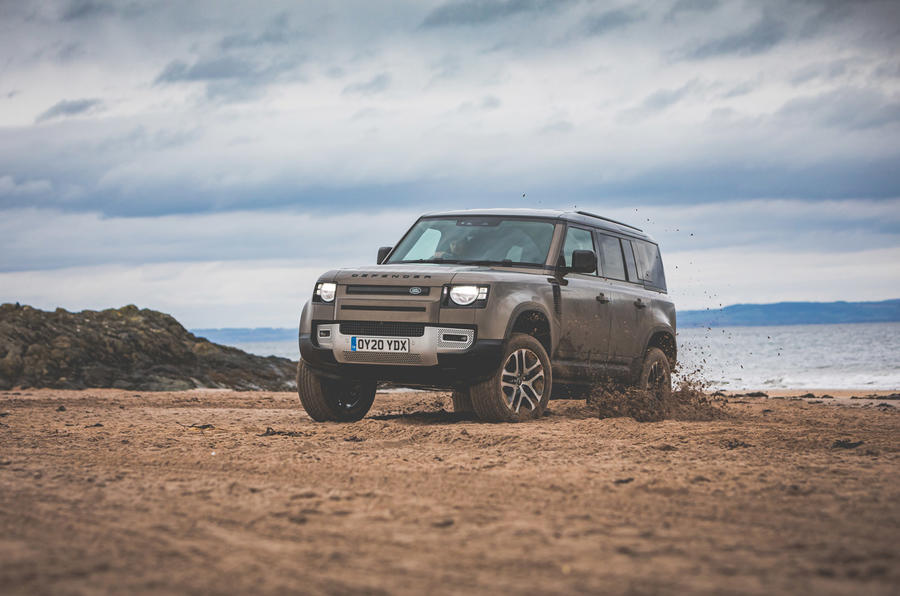This whole Christmas caper really is still a novelty north of the border. It is, after all, only 49 years since it became a public holiday in Scotland. For centuries after the Reformation of 1560 cast Catholicism aside, the marking of Yule was frowned upon at best and illegal at worst as the austere Church of Scotland sought to stamp out ‘popish superstition’, ‘filthy carols’ and ‘extraordinary drinking’.
It’s no small irony, then, that the Kirk turned a blind eye to Hogmanay, with its pagan traditions, peculiar songs and ample refreshments that turned 31 December into Scotland’s foremost annual festivity.
The blockbusting, commercialised modern-day celebration of ‘Edinburgh’s Hogmanay’ is, of course, cancelled this year, so we’re embarking on a road trip to discover some of the older, simpler ways in which we might welcome a new – and, fingers crossed, better – year.
We’ll make three day-long loops from Edinburgh, including a pilgrimage to the birthplace of Robert Burns, whose Auld Lang Syne has become the global anthem for New Year. It’s arguably also Burns’ most effective weapon in his crusade to preserve the Scots tongue – the expressive language inherent to Scottish culture, rooted in English but seasoned by Scandinavian, French and Flemish influences. We’ll do our bit too, and, as did Burns, we’ve provided a glossary.

But what to drive? Well, like the ploughman poet himself, we need something that is as comfortable mixing with the city set as it is tramping the wilds that lie ahead. Step forward the Land Rover Defender: reborn, reinvented and – so say our road testers – replete.
The Defender’s gleaming LEDs cut through a shuggie Edinburgh morn as we get a first taste of its greatest leap: the serene ride. Having endured its predecessor over these same cobbles and potholes, it’s almost good enough to tempt tears of relief.























































Join the debate
Add your comment
On the flip side, I would say articles such as these make it a lot easier to stay at home, giving an intersting insight into the world beyond the local park and shopping centre.
Thanks very much Richard, for a chuffing interesting and thoroughly enjoyable read.
Thank you - that's what we were shooting for.
Edinburgh has been in Tier 3 since the beginning of November. Tier 3/4 areas should not be travelled into or out of - i.e. if you don't live in Edinburgh you shouldn't have been there, and if you did live in Edinburgh you should not have been travelling to other areas of the country unless for "essential reasons". I highly doubt the creation of this article falls under that heading. Given the Scottish Borders was in a lower tier (and you have stated you have travelled to Galashiels in the article) this seems particularly irresponsible on both the writer and magazine's parts.
Articles like this that openly flout the rules we have all been expected to live with are unbelievably frustrating, particularly given all the sacrifices so many of us have had to make this year. I would expect better of this magazine than to commit itself to such idiocy in its production of articles.
Travel for work reasons was permitted across Scotland at the time this trip was taken.
'Travel - Essential travel only to/from level 3 or 4 areas in Scotland, and to/from rest of UK'
This is taken directly from Scottish government Tier 3 guidelines which have not changed since publication in October. I would be very interested to know what part of this article would be deemed "essential".
See 'travel for work' under 'exceptions'. Thanks.